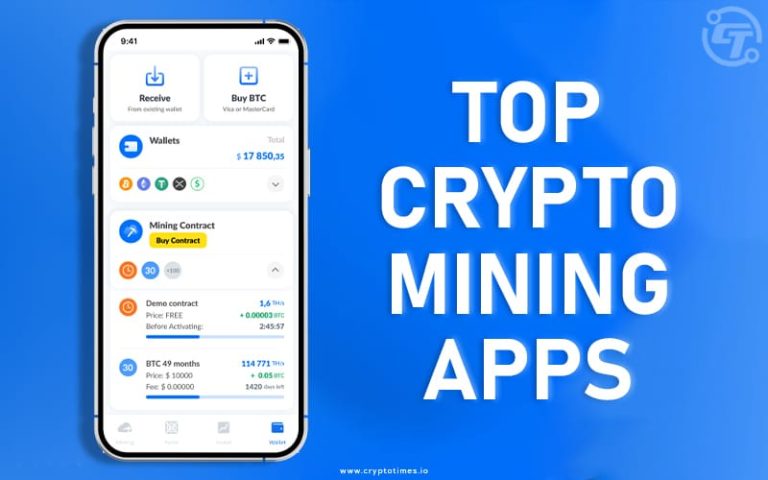In recent years, the rise of cryptocurrencies has sparked a wave of innovation, leading to the development of various tools and applications aimed at simplifying and democratizing participation in the digital asset space. Among these innovations are cryptocurrency mining apps, which promise users the opportunity to earn digital currencies through their computing power. However, the proliferation of these apps has raised questions about their legitimacy, effectiveness, and potential risks. In this article, we delve into the world of cryptocurrency mining apps to explore their impact on users and the broader cryptocurrency ecosystem.
Understanding Cryptocurrency Mining Apps
Cryptocurrency mining is the process by which transactions are verified and added to the public ledger, known as the blockchain. This process requires substantial computational power, and miners are rewarded with newly minted coins for their efforts. Traditionally, mining has been carried out using specialized hardware known as ASICs (Application-Specific Integrated Circuits) or GPUs (Graphics Processing Units). However, with the advent of cryptocurrency mining apps, individuals can now mine cryptocurrencies using their smartphones, tablets, or computers.
The Promise of Cryptocurrency Mining Apps
Cryptocurrency mining apps are often marketed as a convenient and accessible way for individuals to earn passive income or acquire digital currencies without significant upfront investment. These apps typically leverage the computing power of users' devices to mine cryptocurrencies in the background while they perform other tasks. Proponents argue that these apps democratize access to cryptocurrency mining, allowing anyone with a compatible device to participate in the process and potentially earn rewards.
Challenges and Risks
Despite their potential benefits, cryptocurrency mining apps also pose several challenges and risks for users. One of the primary concerns is the strain they place on device resources, including CPU usage, battery life, and potential overheating. In some cases, users may unknowingly expose their devices to malware or other security threats by downloading and using mining apps from unverified sources.
Additionally, the profitability of mining through these apps is often questionable, especially considering the competition from large-scale mining operations and the rising difficulty of mining cryptocurrencies. Users may find that the rewards they receive do not outweigh the costs associated with increased energy consumption or hardware wear and tear.
Regulatory and Legal Considerations
The rapid proliferation of cryptocurrency mining apps has also caught the attention of regulators and policymakers, who are grappling with the need to balance innovation with consumer protection and financial stability. Some jurisdictions have imposed restrictions or regulations on cryptocurrency mining activities, including the use of mining apps, to mitigate potential risks such as energy consumption, financial fraud, and tax evasion.
Conclusion
Cryptocurrency mining apps have emerged as a double-edged sword, offering users the promise of easy access to the world of digital currencies while presenting challenges and risks that must be carefully considered. While these apps may provide a gateway for newcomers to explore the cryptocurrency space, users should approach them with caution and be mindful of the potential drawbacks, including device strain, security risks, and regulatory uncertainties. As the cryptocurrency landscape continues to evolve, education, awareness, and responsible usage will be key in navigating the complexities of cryptocurrency mining apps.
This article provides an in-depth exploration of cryptocurrency mining apps, addressing their promises, challenges, and regulatory considerations to provide readers with a comprehensive understanding of this evolving phenomenon.





